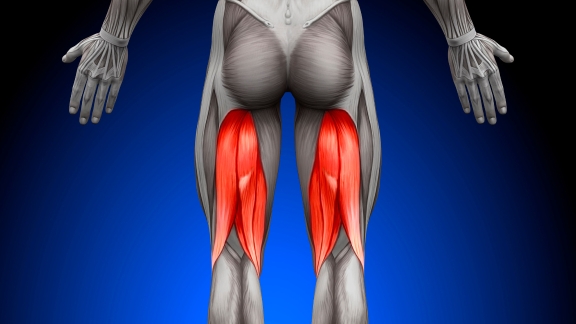[vc_row][vc_column][vc_video link=”https://youtu.be/r6BpfUVAWvc” align=”center” title=”Hamstring Injury Rehabilitation and Prevention”][vc_column_text]Have you had a hamstring/s injury before? It is that time of the year where I clinically see many hamstring injuries surface especially with athletes training and competing outdoors on wet fields and cold weather. It has been suggested that hamstring injuries often occur due to eccentric (control of a lengthening muscle) weakness.[/vc_column_text][vc_single_image image=”2055″ img_size=”large” alignment=”center”][vc_column_text]What are Hamstrings? They are four large muscles at the back of the thigh that attach from the back of your hip to the back of your knee. This group of muscle is responsible for bending the knee and controlling the action of straightening the knee.[/vc_column_text][vc_single_image image=”2056″ img_size=”large” alignment=”center”][vc_column_text]Hamstring injuries are a burden as re-injury often recurs after returning to play. Some of the risk factors that increase the risk of re-injury of hamstrings is the number of previous hamstring injuries, a deficit in full straightening your knees and decrease isometric strength when bending your knee around 15 degrees. In addition, the prolonged disuse of long muscle lengths after hamstring muscle injury is another risk factor to re-injury.
It is often a misconception, that flexibility is the ability to passively stretch as far as possible such as bending over and touch your toes. Instead, flexibility should be thought of as an active neuromuscular control at end of your available range of motions at a specific joint. Therefore, flexibility must be earned actively and not given passively.[/vc_column_text][vc_single_image image=”2057″ img_size=”large” alignment=”center”][vc_column_text]Keeping in mind, hamstring injuries often occur because of compensatory overactivation due to muscle and joint imbalances and biomechanics. Often Lower limb injuries are a result of underactive control of the gluteal muscles and trunk stabilization. With trunk stabilization, the emphasis is on the control of your trunk when twisting and turning. It has been researched that rehabilitation programs consisting of progressive agility exercises is more effective than a program solely focused on hamstring stretching and strengthening in promoting return to sports and preventing re-injury from an acute hamstring strain.
Here at Enhance Physiotherapy, we can provide a full assessment and more personalized treatment and exercise program to help you return to your exercise regime or sport quicker and while aiming in prevention of another hamstring injury.
In the meantime, why not start now with the general trunk stabilization and hamstring lengthening exercises for bulletproofing your hamstrings or even preventing hamstring re-injuries!
You can view the exercises on the YouTube video at the top of this blog!
(08) 9583 5165
www.enhancephysiotherapy.net.au[/vc_column_text][/vc_column][/vc_row]






